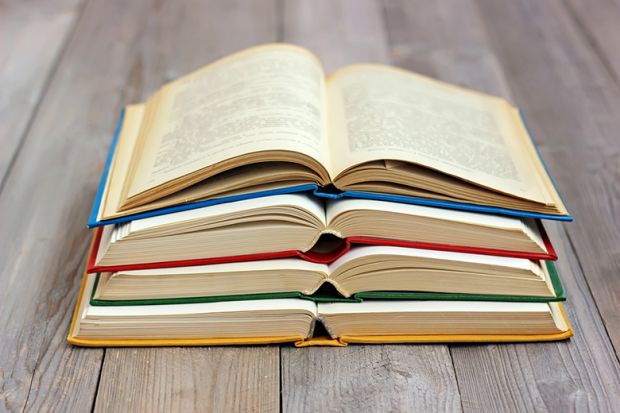R.C. Richardson, emeritus professor of history, University of Winchester, is reading Bill Bryson’s Mother Tongue: The Story of the English Language (Penguin, 2009). “Bill Bryson is an accomplished wordsmith, a skill used to great effect in this engaging survey of the evolution, geography, variety, complexity, contradictions, illogicalities and absurdities of the English language. Having lived in America as well as in the UK, he is well placed to offer revealing comparisons between vocabulary, spelling and pronunciation in the two countries. Due recognition is given to America’s contribution to the expansion of English into a world language. Shakespeare’s astonishing linguistic creativity is duly noted, as, by contrast, is Andrew Carnegie’s and Bernard Shaw’s abject failure to achieve spelling reform. Dictionary compilers – the stridently opinionated Dr Johnson, the humourless Noah Webster, the indefatigable James Murray of the OED – receive the attention they deserve. Perceptive questions abound – many of them incapable of being answered.”
Clare Debenham, honorary research associate, University of Manchester, is reading Rozsika Parker’s The Subversive Stitch: Embroidery and the Making of the Feminine (I. B. Tauris, 2010). “My husband recently reproduced his great-great-grandmother’s sampler, containing radical verses, which was painstakingly stitched in 1834. The dichotomy of traditional occupation and radical thought led me back to Parker’s lavishly illustrated book, first published by The Women’s Press in 1984. Her detailed discussion draws on feminist writers popular in the 1970s. This is related to the creation of female embroidery: although there were males such as monks doing embroidery in medieval times, it was transformed in the Victorian age into something gender-specific. Parker controversially argues that embroidery was reclaimed as radical by suffrage activists, who created banners on the theme of “Deeds not Words”. Embroidery’s low status in the hierarchy of the arts, coming below sculpture and oil painting, is also rightly challenged.”
George McKay, professor of media studies, University of East Anglia, is reading Susan M. Schweik’s The Ugly Laws: Disability in Public (New York University Press, 2009). “When Chicago authorities pledged to ‘abolish all street obstructions’ in 1881, it may not have been clear that this meant human ‘obstructions’. This brilliant work of disability studies asks who has the right to the city – by mapping who has been excluded from urban space. The ‘unsightly beggar’ was the target of local laws in many 19th- and early 20th-century US cities, laws often enacted alongside the establishment of charitable organisations. ‘Diseased’, ‘deformed’ and ‘disgusting’ bodies were swept from the streets, including beggars and buskers, war veterans, the homeless, the ‘undeserving’ poor. Powerfully resonant still today, even in ‘our postugly era’, Schweik’s book also leaves you wondering how far we all have ugly laws.”
Register to continue
Why register?
- Registration is free and only takes a moment
- Once registered, you can read 3 articles a month
- Sign up for our newsletter
Subscribe
Or subscribe for unlimited access to:
- Unlimited access to news, views, insights & reviews
- Digital editions
- Digital access to THE’s university and college rankings analysis
Already registered or a current subscriber?



